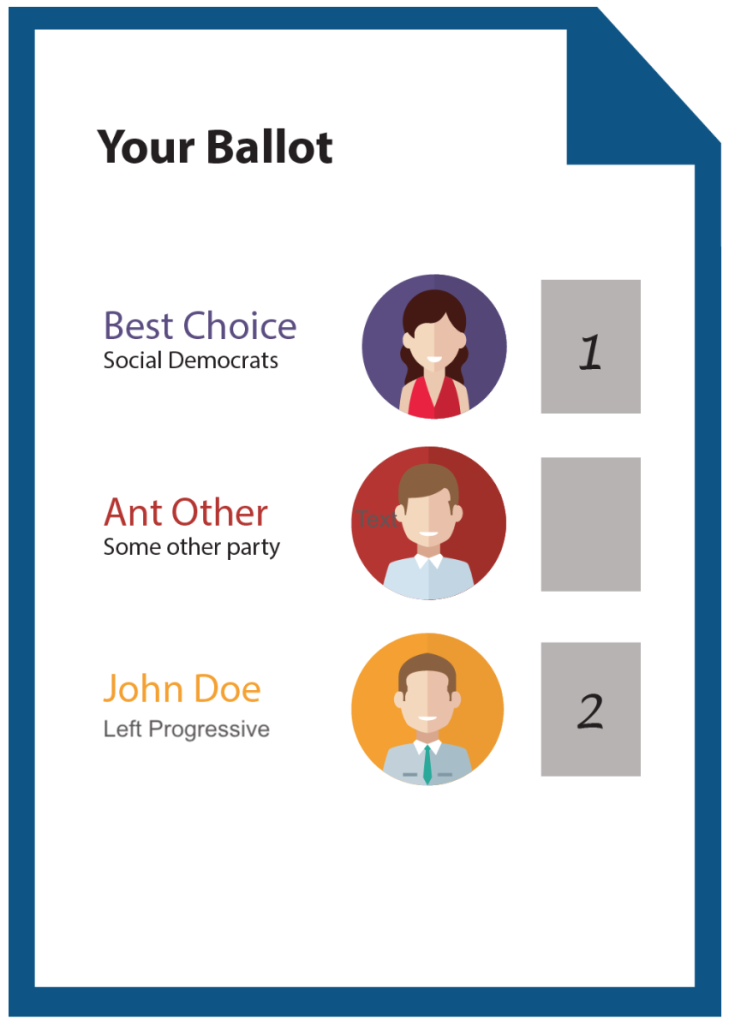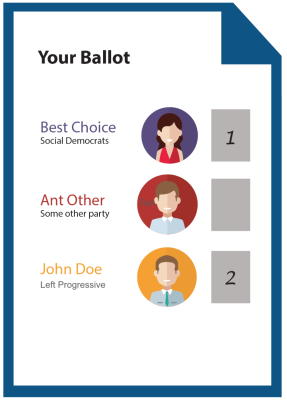What you need to know to vote in General Election 2020
With Election 2020 happening this week, it’s easy to get lost in the election debate and forget the simple things, like how to actually cast your vote. We’re one of the only countries in the world that uses the PR-STV voting system, so there’s no shame in having a question or two. Here’s our quick guide to voting to help make sure you get listened to this election.
Step 1: Get your ballot card / ID in order
You should receive your ballot card in the mail this week. Make sure to hold onto it until polling day. If you didn’t receive it, don’t panic. As long as you’re registered, you can check your allocated local station here and turn up on the day with an ID, such as a passport or driving license.
Step 2: Get to the polling station on time, with what you need
Most polling stations are open on Saturday from 7am until 10 pm, but check your polling card to be 100% sure. Turn-out is expected to be high, so you can avoid queues by going before 5pm when many people vote on their way home from work. Make sure to bring your polling card if you have one, and a valid ID.
Once at your polling station, your ID might be checked and you will be given your ballot paper. Make your way to the voting booth and grab a pencil. It’s time to do this.
Step 3: Voting day

This is the important part. With your polling card, vote in order of preference for each candidate.
You place a ‘1’ next to the candidate you’d most like to see elected, followed by a ‘2’ next to your second favourite candidate if you’d like, and so on as you see fit.
There’s no limit to how many candidates you give a preference to, but it’s important to use each number just once to avoid confusion. Once you’re happy with your vote, you fold the paper slip and drop it into the ballot box. Job done.
Caption: In this sample, the voter has (wisely) given their number 1 vote to the Social Democrats candidate. If that candidate is eliminated first in the count, this person’s vote then goes to John Doe. You don’t have to place a preference next to every candidate, so this voter left the other candidate blank, and their vote won’t help that candidate get elected.

But why vote for more than one candidate?
You get more of a say by giving preference to more than one candidate. If your first preference doesn’t get enough votes to get elected, your second preference might be allocated your vote. It’s not necessary to place any votes out than your number ‘1’ in order to vote though.
Step 4: The count
Okay, your work is done but the election process still has a way to go though. After voting is finished, all votes are brought to your local count centre to be counted. This process is done manually, and can take a day or more. It’s all very interesting, if you’re into that sort of thing. Really though, it’s time to sit back and watch the results come in. Good job on voting.
Want to know more?
Here are some links to further info on our voting system. Enjoy!
Our voting system – spunout.ie
Voting – citizensinformation.ie

